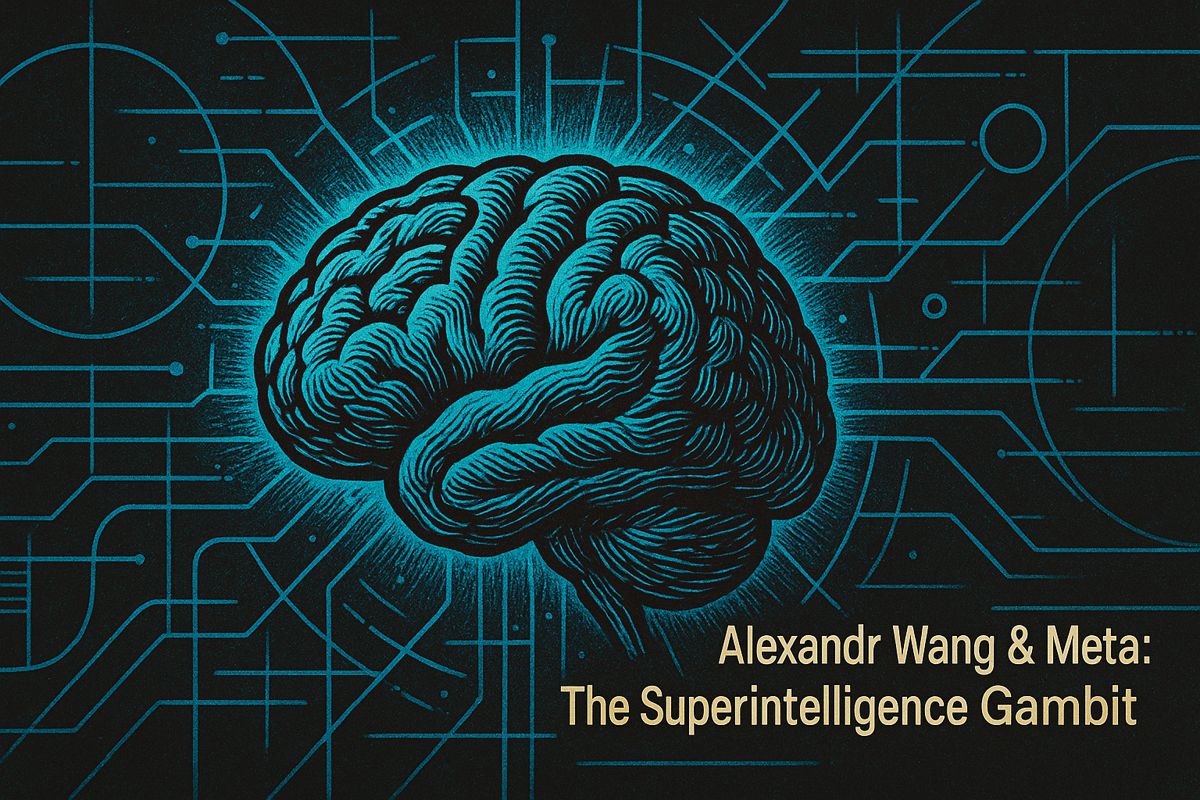The financial services industry is rapidly adopting agentic AI to automate complex tasks, from fraud detection to compliance reporting. This shift, marked by spending expected to reach USD 490.2 million in 2024, promises significant efficiency gains. However, this technological leap forces executives to confront new challenges in risk, oversight, and governance.
The Scale of Agentic AI Adoption and Market Growth
Financial institutions are deploying agentic AI to gain a competitive edge through automation. Key drivers include enhancing customer service with 24/7 virtual assistants, improving security with real-time fraud detection, and streamlining internal processes like compliance reporting, leading to significant operational efficiencies and cost savings.
Market data confirms the rapid expansion, with spending projected to grow at a 45.4% CAGR through 2030. Industry adoption crossed the 50% mark in 2024 and is expected to reach 86% by 2027. While fraud detection commands the largest revenue share at 29.1%, virtual assistants are the fastest-growing application. North America currently leads the market with a 38.4% share, but Asia-Pacific is closing the gap with a forecasted 37.2% CAGR.
Navigating Emerging Compliance and Regulatory Guardrails
Regulators are moving quickly to establish oversight. The EU AI Act classifies most autonomous financial applications as “high-risk,” requiring stringent risk assessments, human oversight, and transparent data pipelines. In the UK, the Financial Conduct Authority (FCA) is testing live AI deployments to validate their explainability before approving large-scale rollouts. Meanwhile, U.S. agencies are applying existing model risk management rules, reminding boards of the rising litigation risk associated with biased AI outputs.
Proven Strategies for Tactical Risk Mitigation
Leading institutions demonstrate how to blend innovation with prudent risk management. Case studies highlight effective strategies:
- BNP Paribas leverages real-time risk scoring to identify early default signals, significantly increasing intervention speed.
- JPMorgan Chase reduced false fraud alerts by 20% by training a specialized agent on device telemetry data.
- DBS Bank processes 1.8 million transactions per hour with an AI layer that has cut false positives by 90%.
These leaders embed human checkpoints at critical decision points, maintain immutable audit logs, and align their frameworks with the NIST AI RMF.
Building Resilient Operating Models
To achieve sustainable scale, industry leaders recommend a framework built on three pillars:
- Governance: Establish clear board-level accountability and publish a transparent risk taxonomy for all AI systems.
- Continuous Monitoring: Deploy real-time dashboards to track model drift, bias, and evolving regulatory requirements.
- Talent Upskilling: Create cross-functional teams where data scientists and domain experts collaborate to interpret AI outputs and intervene when necessary.
This integrated approach is echoed by regulators like the FCA, which stresses that explainability and documentation must be designed into agent logic from the start. Detailed records are crucial for supervisory reviews and mitigating future enforcement actions highlighted in recent FCA guidance. As investment and venture funding for agentic AI continue to surge, the consensus is clear: responsible deployment is the determining factor in translating technological promise into durable value.
How big is the agentic AI market in financial services today?
Global spending on AI agents in finance reached USD 490.2 million in 2024 and is projected to hit $4.5 billion by 2030, reflecting a 45.4% compound annual growth rate (CAGR). The broader agentic AI market is expected to reach $33.3 billion by 2030, according to Mordor Intelligence.
Why are banks rushing to adopt agentic AI now?
Financial institutions are accelerating agentic AI adoption, with usage expected to jump from under 50% in 2024 to 86% by 2027. The primary drivers are clear ROI from key use cases: 24/7 customer service via chatbots (38% annual growth), real-time fraud detection (29% revenue share), and automated enterprise risk reporting. Early adopters like JPMorgan and DBS report double-digit reductions in false positives and millions in annual savings.
What specific risks make financial CIOs nervous?
The primary concern is the potential for autonomous systems to act unpredictably, which clashes with the finance sector’s risk-averse nature. Key worries include model drift causing biased credit decisions, opaque audit trails that fail regulatory scrutiny, and the risk of cyber-adversaries hijacking agents to move funds. Because these systems can operate without direct human intervention, a single misconfiguration could scale across millions of transactions unnoticed.
How are banks mitigating those risks in practice?
Leading banks are embedding “compliance-by-design” into their AI workflows. For example, BNP Paribas uses human-in-the-loop overrides for its risk platform. DBS combines real-time scoring with immutable audit logs, cutting false positives by 90%. JPMorgan continuously retrains its fraud models on fresh data, reducing false alerts by 20%. A common thread is maintaining human oversight and keeping source documentation separate for clear regulatory review.
Which regulatory frameworks matter most in 2025?
While no single global rulebook exists, three key regulatory regimes are shaping AI procurement and deployment:
- The EU AI Act classifies most banking AI as “high-risk,” mandating rigorous testing, explainability, and monitoring.
- The UK’s FCA requires board-level accountability and tests AI in live environments before widespread rollout.
- U.S. regulators (OCC, FDIC, SEC) apply existing model-risk and fair-lending rules, with emerging case law expanding vendor liability.



















